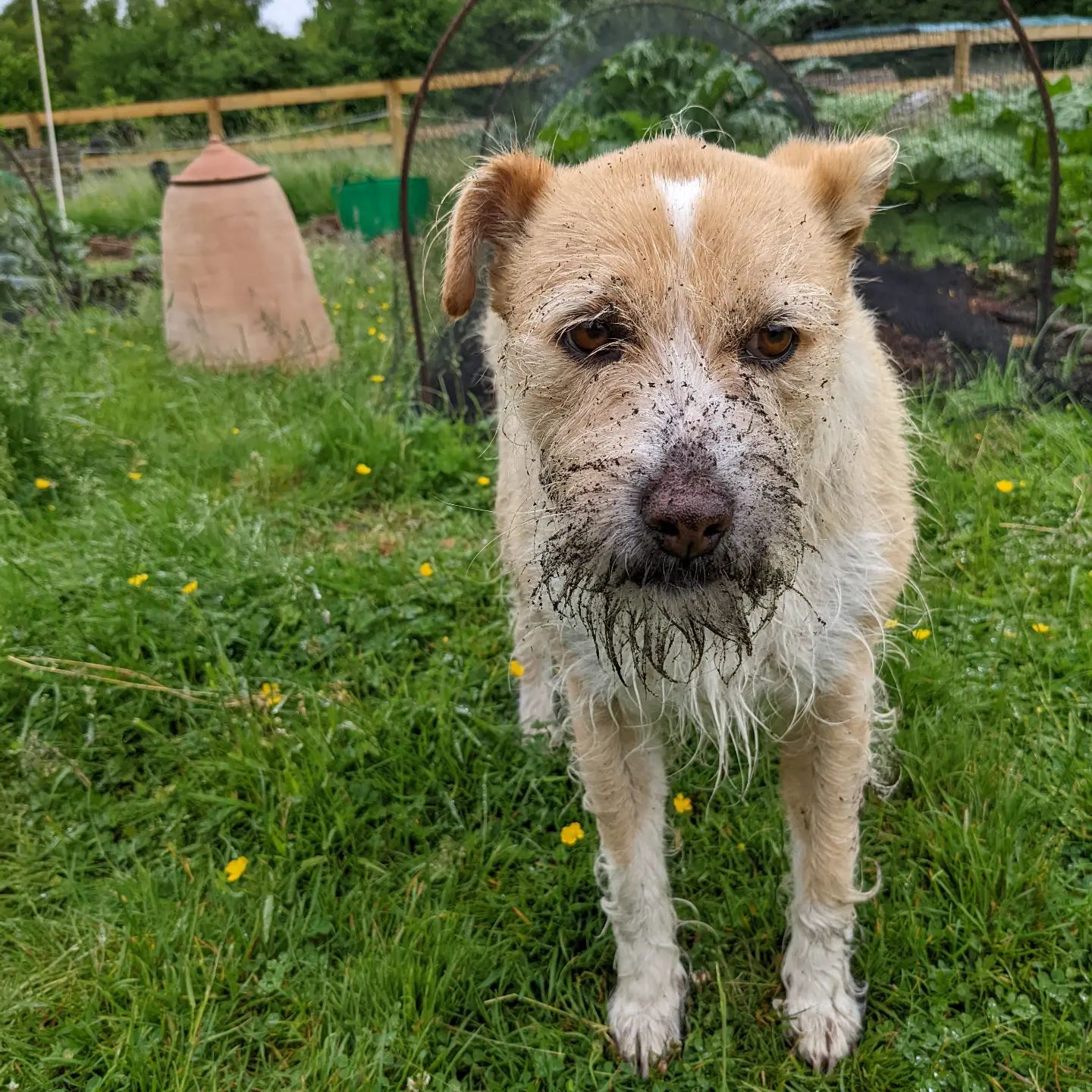About hypothyroidism
Hypothyroidism is a condition where the body does not produce enough thyroid hormone. This is the most common endocrine (hormone related) condition in dogs, and is known as the ‘great pretender’ because the effects are so far reaching that the condition can present as almost anything! It is extremely rare in cats, although does occur from time to time. Most cases are caused by inflammation or shrinking of the thyroid glands, although some may be cancerous.
Thyroid production
The thyroid glands are found in the neck, either side of the trachea (the windpipe) and surrounded by the parathyroid glands that sit above and below each thyroid gland. These glands are responsible for taking iodine out of the diet and combining it with a thyroglobulin, a protein, to make thyroid hormones. The production of thyroid hormones – triiodothyronine (T3) and thyroxine (T4) – is under the control of thyroid stimulating hormone (TSH), which is produced by the pituitary gland. It is thyroxine (T4) that is the primary concern in cases of hyper- or hypothyroidism.
Most thyroxine produced is bound to proteins to prevent it from binding to receptors on various cells – only around 1% is free T4 in the bloodstream, but this is the active form and that which is responsible for the changes T4 elicits.
Thyroid hormones are responsible for setting the basal metabolic rate, i.e. how much energy we need to continue life without any additional energy expenditure. T4 is involved with body temperature control, appetite, weight control, digestive function, breathing regulation and activity levels to name but a few processes.
Clinical signs (symptoms)
As stated previously, dogs with hypothyroidism can present with many different clinical signs. A common presentation may be an overweight patient that eats little for their size and has tried various diets and exercise programmes but cannot lose weight.
Hypothyroid patients may have dry, flaky or thickened skin, may develop skin areas that change colour over time, and may also exhibit alopecia (hair loss) – usually over the flanks – in a symmetrical pattern. The hair coat often appears dull in these dogs. These patients are frequently not keen to exercise, are lethargic and spend a lot of time sleeping or laying down, and do not tolerate cold weather very well.
Infections of the ears and skin are common so dogs may present with recurrent otitis externa or recurrent skin lesions. Thyroid hormone is involved with normal nerve function, so in some dogs the facial muscles droop and cause a ‘tragic’ expression. In a few cases, the nerves of the gullet (oesophagus) are damaged causing a condition called megaoesophagus, which causes the patient to have difficulty swallowing and increases the risk of developing pneumonia. Some patients may develop weakness of the limbs because the peripheral nerves have been affected, reducing their tolerance of exercise and sometimes causing difficulty walking.
Diagnosis
Unfortunately, hypothyroidism is often diagnosed on an exclusion basis. Thyroid hormones are very sensitive to other processes occurring within the body, so all other disease processes need to be assessed prior to making a diagnosis. Comprehensive blood and urine tests are required, with any relevant changes noted in the results being addressed and the blood tests repeated.
If there is a suspicion of hypothyroidism, a combined blood test to check the levels of TSH, total T4 and free T4 is required to confirm the suspicion. However, these hormones can all be affected by other physiological changes so cannot be evaluated purely as numbers, but must be assessed in reference to the individual.
Treatment
Hypothyroidism is treated with tablets to replace the thyroid hormone that should be present within the bloodstream. These are given every day and the dose must be titrated to the individual’s needs, so repeated blood tests are required. Treatment is life-long and can restore normal function and activity to these patients.
How will my dog’s hypothyroidism affect me?
The main changes associated with treatment of hypothyroidism are increases in energy levels, appetite and skin health. You may therefore find that your pet needs a lot more exercise or eats more! However, their overall health will improve, reducing the cost of veterinary skin and ear treatments so that those funds can be redirected towards food and medications. However, finance should be set aside for the on-going blood tests that are required for the remainder of the patient’s life, which can be very close to normal life spans for each species. The only major difficulty with hypothyroidism remains in its diagnosis – unless the dog is reluctant to take medications!


